Dos and Don’ts of Cleaning Lint from Your Sewing Machine
Lint in your sewing machine is the natural consequence after hours of time spent sewing. Cleaning and removing lint is a key item on your regular machine maintenance checklist.
You might think that using compressed or canned air to remove lint is a quick and easy solution. But don’t reach for that can so fast, read on to find out how cleaning your machine using compressed or canned air can affect your sewing machine!
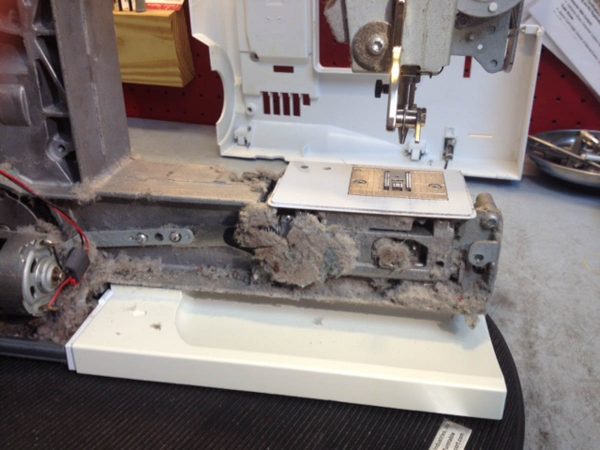
Here is a tip from expert Hans Herzog, innovation and technical education manager at BERNINA of America:
When using compressed air or canned air to clean your sewing machine, where does all the lint go? The hook area might be free of lint, but most lint ends up in areas where usually no lint ever accumulates, deep inside the machine. That lint accumulation over time could become an issue and negatively affects the performance of your machine. As you can see in the picture, the hook area is perfectly clean and on the right hand side with the covers removed the lint is packed in.
We recommend not using compressed air for cleaning for obvious reasons. Using the cleaning brush provided by the manufacturer or using a larger soft brush is effective as anything else. In general we recommend to have the machine serviced once a year by an authorized store.
Read more machine cleaning tips here on WeAllSew and watch for more tips form expert technician here on WeAllSew.
What you might also like
19 comments on “Dos and Don’ts of Cleaning Lint from Your Sewing Machine”
-
-
My heart dropped when I say this. I just wanted to run for my micro vacuum.
-
-
I was told to use a mini-vacuum to clean. I’m scared to death to use it. Can you please give some instructions on how to use it?
-
A miniature tip with a brush on the end of the vacuum cleaner hose is preferred in order to get into the small openings of the hook area for cleaning. Clean where you see lint, usually underneath the feed dogs, on each side of the hook and behind the hook, also remove the bobbin case and hook if possible. After each cleaning lubricate the hook according to the manufacturer’s specifications.
Personally I prefer vacuum cleaner attachments that are being used for cleaning computer key boards. Take a look at the Micro Vacuum Attachment Kit No. 7625 from Brewer http://www.brewersewing.com/p-261832-micro-vacuum-attachment-kit.aspx or at visit a computer store.-
I have had this vacuum kit for a long time and it works great. I also use Qtips dipped in machine oil.
When I clicked on the link it said Requested Page Not Found, so I did a search and this page came up:
https://www.brewersewing.com/p-1021692-micro-vacuum-attachment-kit.aspx
-
-
-
Thanks for the reminder! I use my machine dsily now and need to be cleaning it out more often.
-
This is a kind of vacuum cleaner for hardwood flooring very well, I like your share this
-
I find that Medscand Cytobrush Plus (used to do pap smears) does a great job getting the lint out of the cramped and tiny spaces. Ask you GYN for a couple.
-
A friend gave me a pipe cleaner and it picks up lint well. Is it a good idea?
-
Please be careful, the pipe cleaner has a metal core that could potentially scratch the parts surface. A quality brush or a mini vacuum cleaner removes the lint more gently.
Regards,
Hans
-
-
My 880 is very heavy for me to take in for a cleaning very often. I love my 880 but really didn’t think about the heaviness for repair etc. when I bought it.
Is there a way that I can open the arm a little self and vacuum with a mini vacuum to clean it out myself? I have never used any canned air on it at all.
Thanks-
Your BERNINA 880 hook area is already very accessible, there is no need to remove any covers. To clean, simply remove the needle plate, then using a good brush or a mini vacuum cleaner. Then lubricate the hook and you are good to go. Please consult the User Manual, there are additional basic maintenance procedures listed such as: Hook cleaning/lubricating, needle threader cleaning, thread cutter cleaning etc.
Please stay away from canned or compressed air, it is the worst that can be used to “clean” the machine. The lint particle are being blown deep into the machine and accumulate.
I hope this helps
Regards,
Hans
-
-
I have a Bernina Artista 165 that I have always cleaned and oiled myself for the past 15 years. It still sews like a dream but wanted to have it serviced. I asked the service department at the nearby dealer if I should have it serviced and repair-lady said she would not recommend it because tinkering with it at this point might make it not work as well. Is that correct? Should I take it in for service?
-
We recommend to take the machine to an authorized BERNINA dealer for an annual checkup. The trained technician removes the cover and performs internal cleaning and lubricating, factory safety checks updates and adjusts the machine to factory specifications. This TLC will help your machine to keep running for a long time to come. Happy sewing!
-
I have a Virtuosa 150 that I purchased in 1998. It still sews beautifully. I missed some years taking it for service because my husband was in the military and we didn’t have a nearby dealer. For the most part, I’ve tried to get her an annual “physical”. In fact, my dealer puts a sticker on the side stating where and when she was last serviced. The annual service isn’t necessarily about repairs. It’s just to make sure all your settings are working properly, the machine is clean, and stitching properly. I can’t believe a dealer would discourage you from having this done. I’ve never heard of such!
-
We cannot speak for this dealer; we have always recommended to take the machine to a BERNINA dealer for an annual checkup. During the checkup covers are being removed, the interior cleaned from residual threads and lint. The machine is lubricated, factor updates performed and checked for any misalignment of the adjustments, then sewing in to make sure the machine is performing as it should.
-
-
-
The mini vacuum cleaner intrigues me!
-
Good tips for keeping our babies running!
-
The mini vacuum attachment works very well to remove the lint from of the machine, in particular the hook area. Also the top of line and midrange BERNINA machines are equipped with a user interface to manipulate the machine for easy cleaning. Such as the needle threader, hook and the thread cutter.
Select the two gears, then the sewing machine and the wrench. In that screen you have the interactive support and instruction to keep your BERNINA performing.
Leave a Reply
You must be logged in to post a comment.
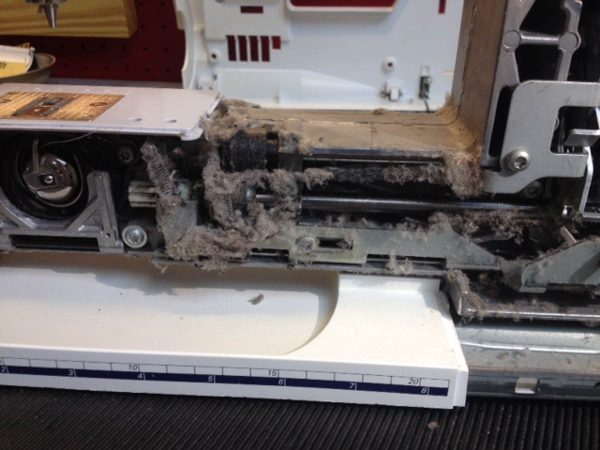
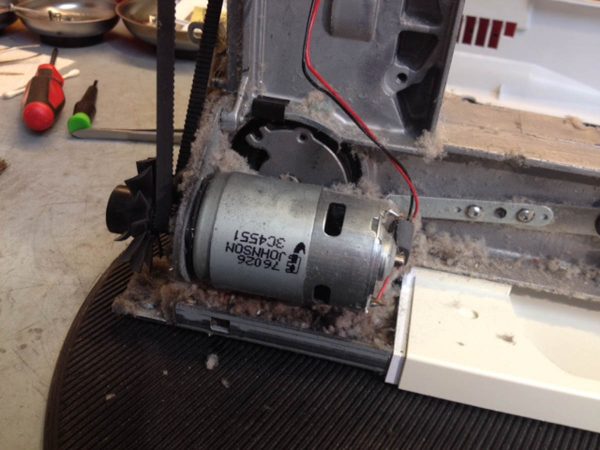
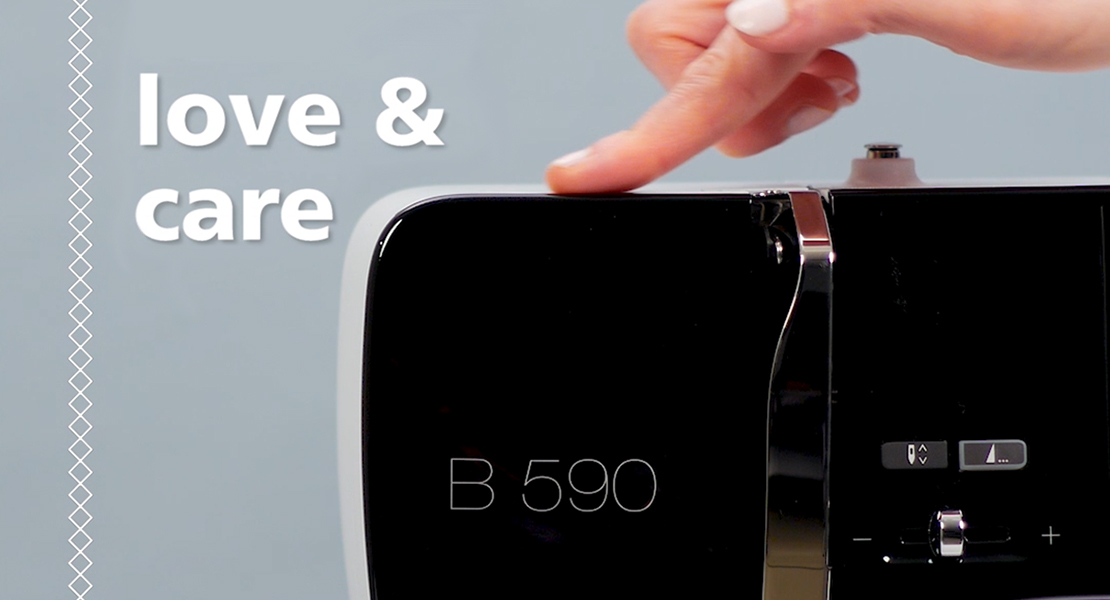
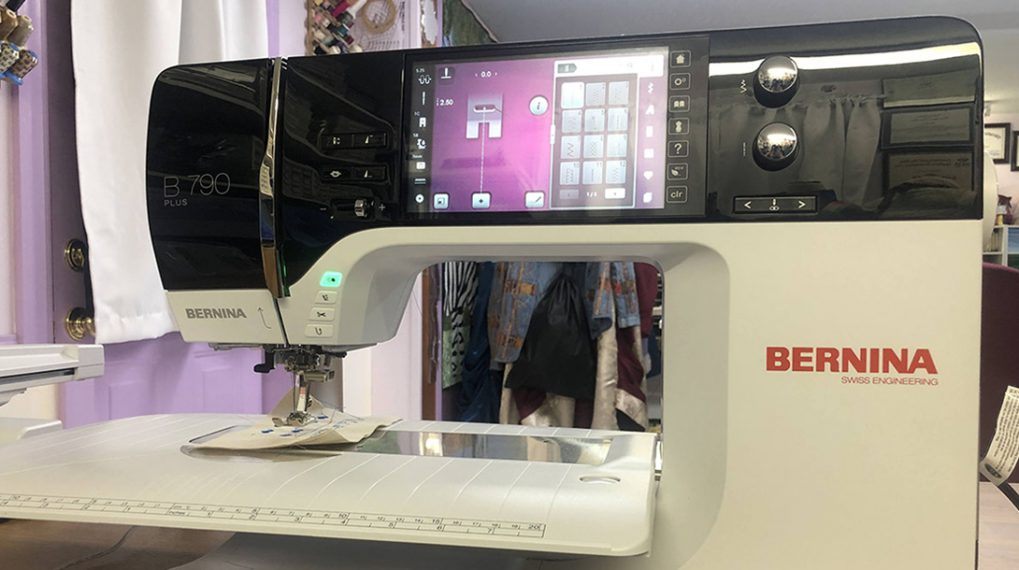
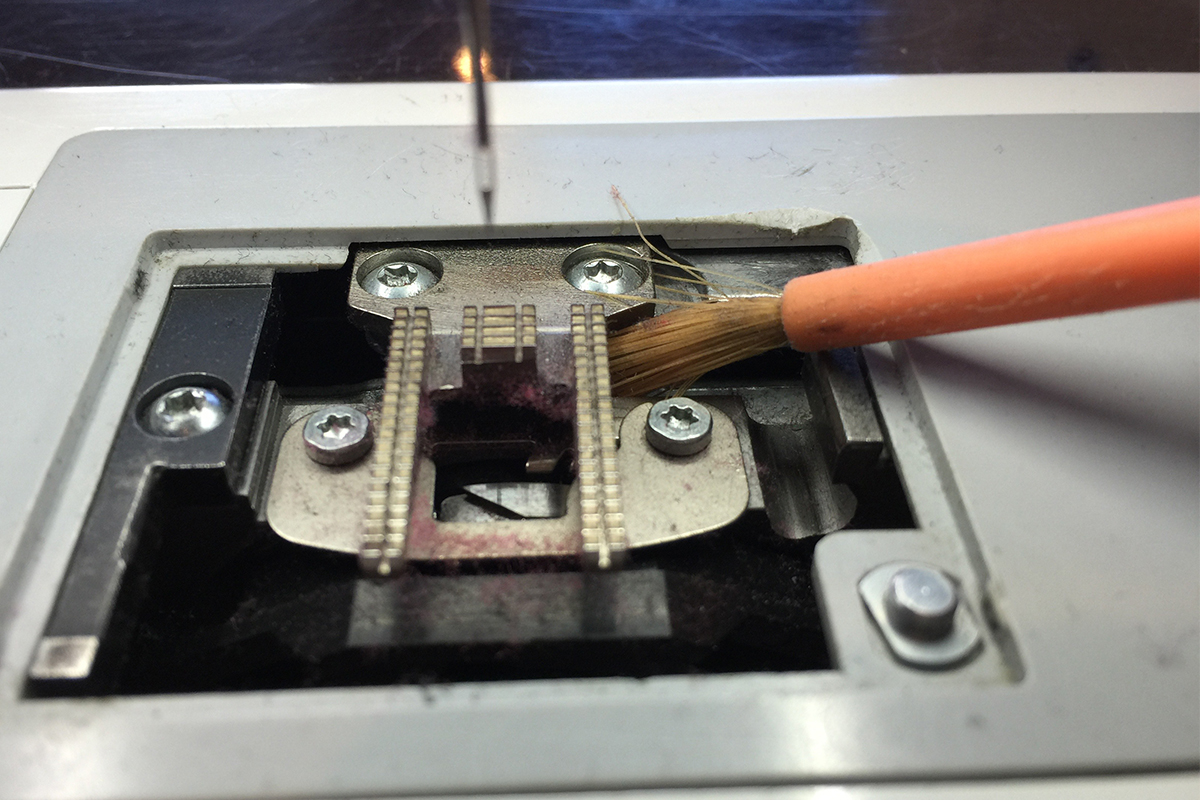
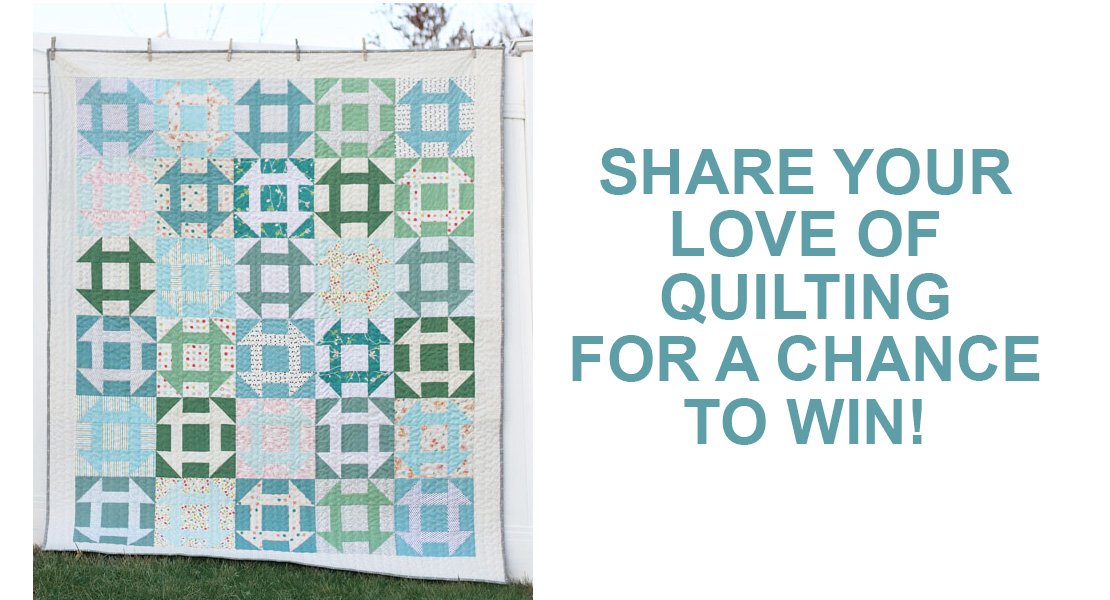
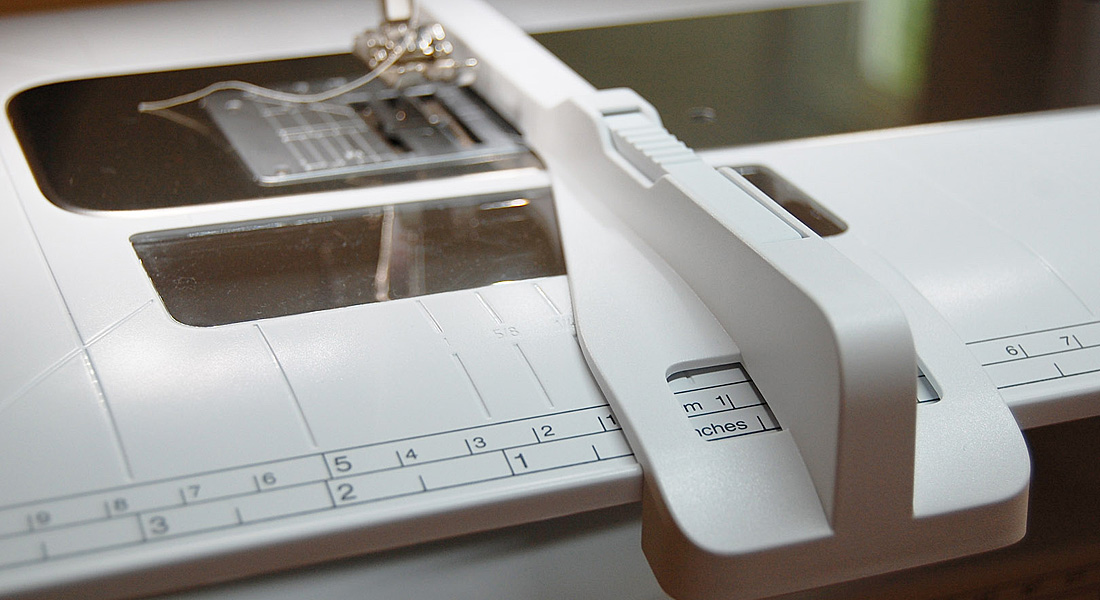
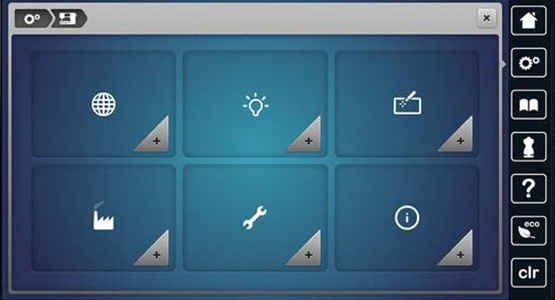
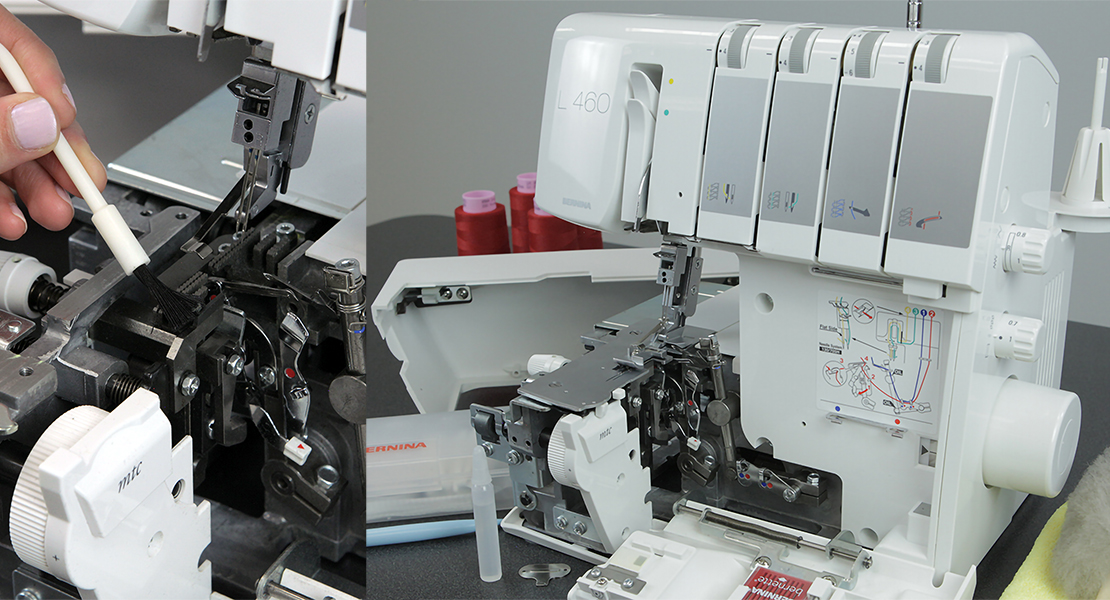
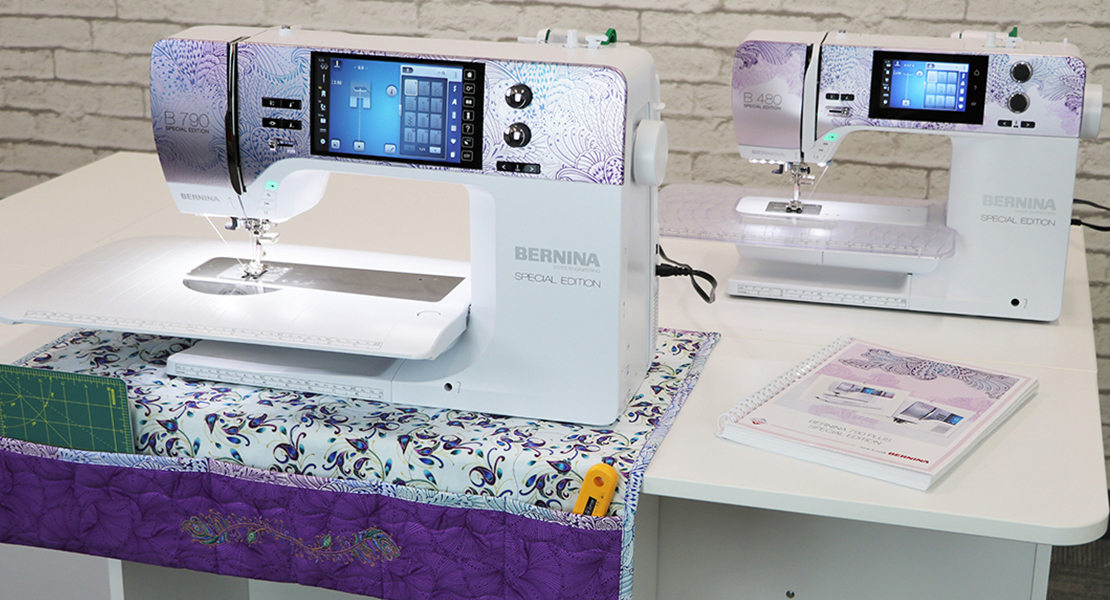

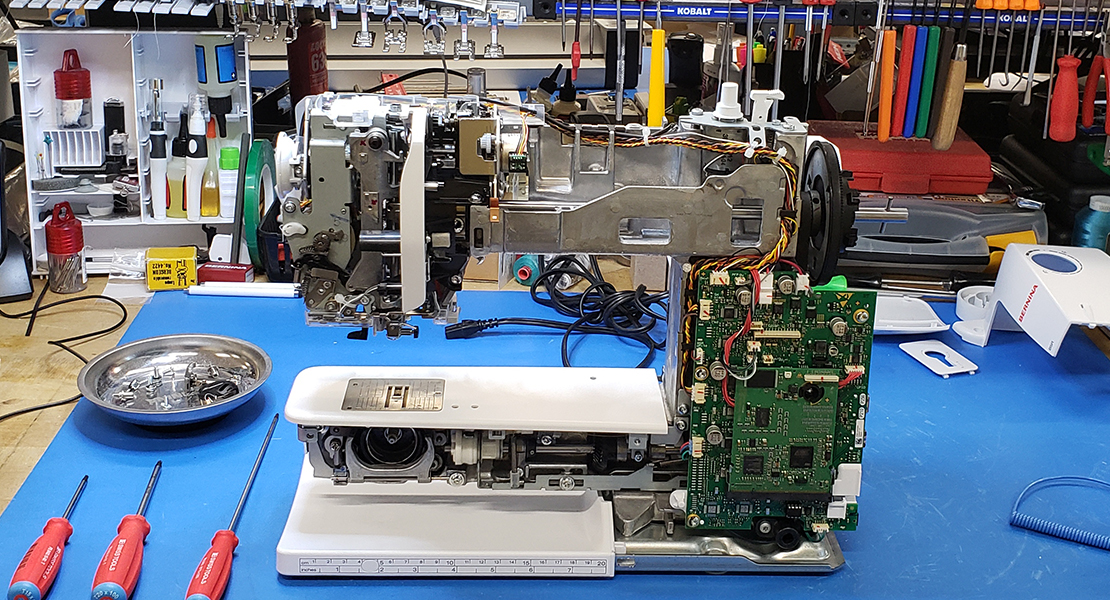
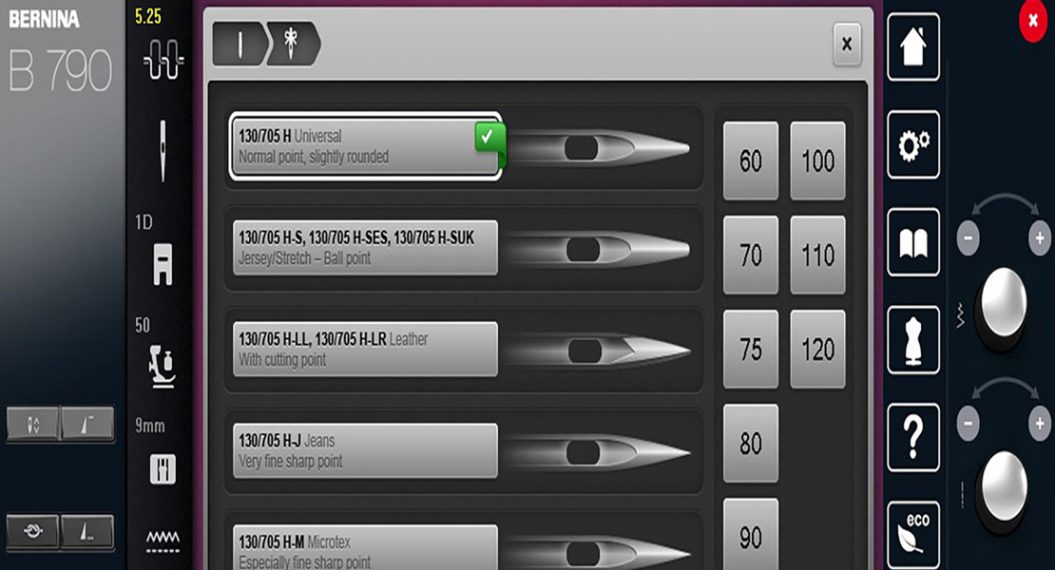
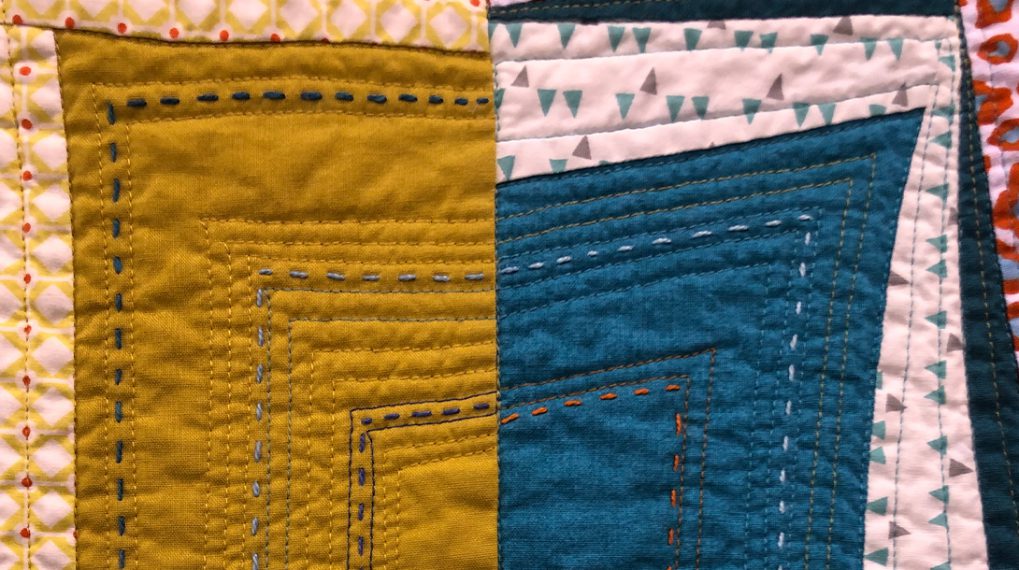
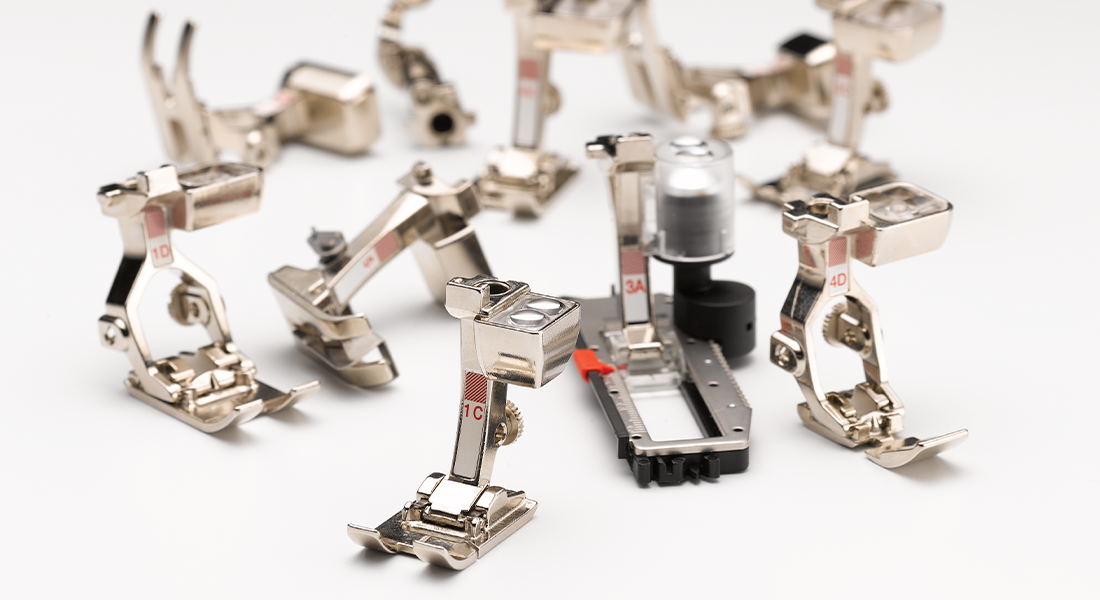

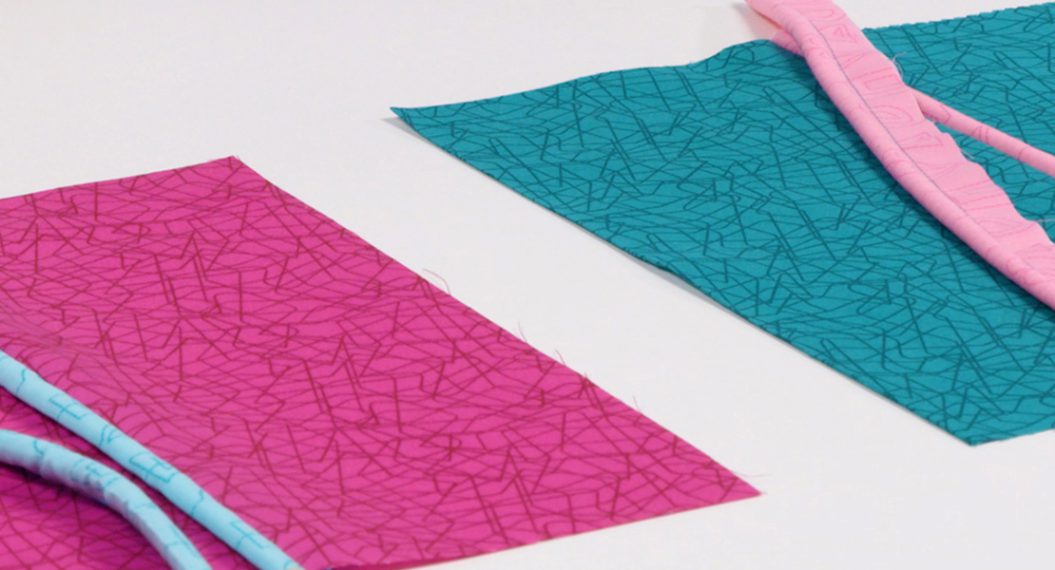

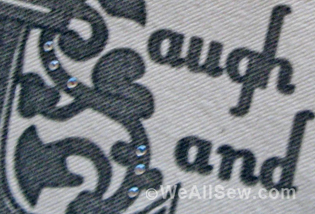
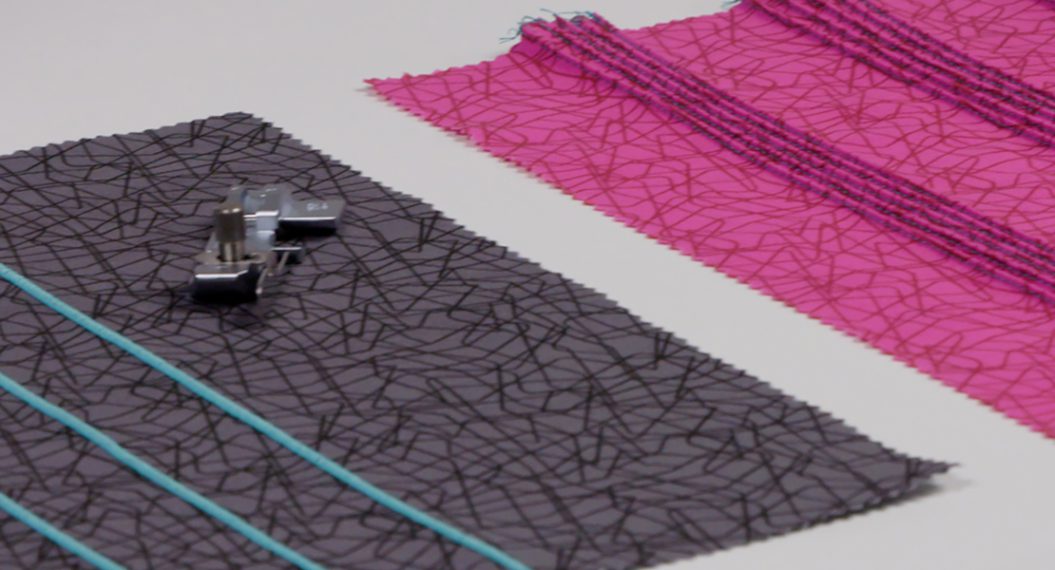

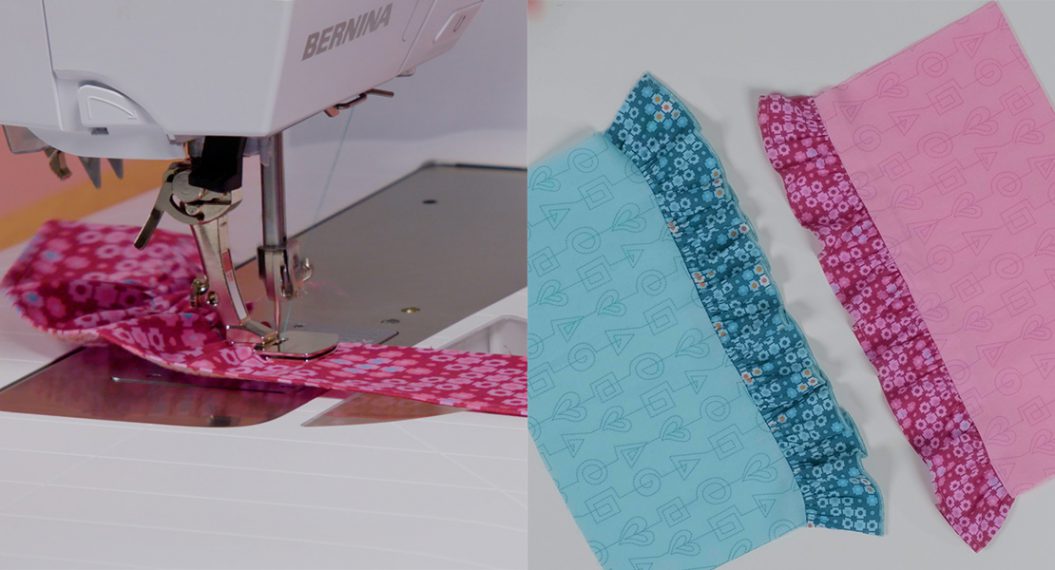

This picture looks like either a machine used for industrial purposes, or someone who sews many hours each day. Taking a machine to the dealer, especially an electronic one can be expensive. If you don’t use the machine but a couple times a week, soft brush out (not canned air as article points out as well) should be used and I take mine in for an overhaul every two years. On electronic computerized machines, canned air is even more dangerous as it can blow dust and lint into the electronic boards and components, creating a very expensive problem, possibly even ruining your machine. This is a good article and would love to see more from Bernina on machine care.